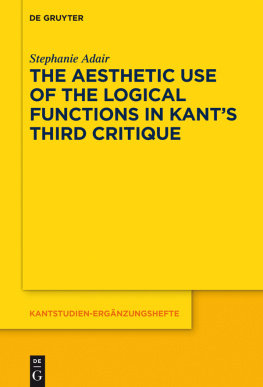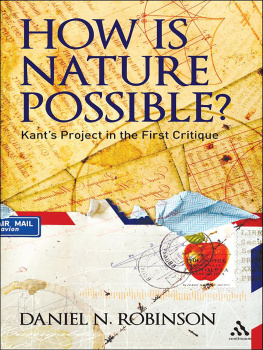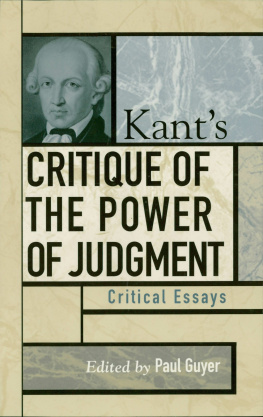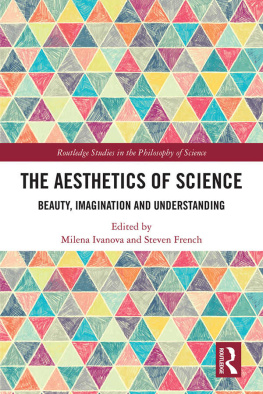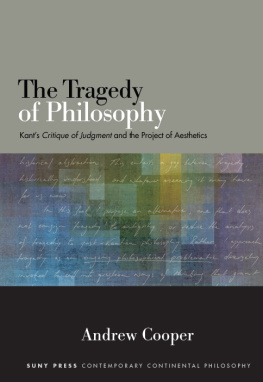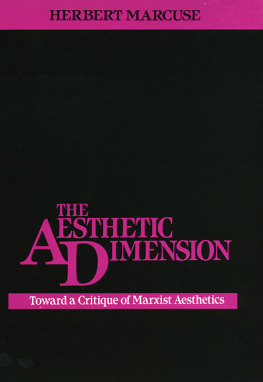1. Introduction
In an episode of the comedy show, Seinfeld , there is a scene of an elderly couple standing in front of a painting in which is depicted a character from the show named Kramer. The couple is arguing about the aesthetic value of the art work. The woman is pleased by the painting, finds it beautiful, and expressive of spiritual ideas, whereas the man finds it displeasing, dreadful, and ugly. Surprisingly, however, they are both moved by the painting, admire it and cannot look away from it.
This scene illustrates two significant issues in philosophical aesthetics. First, a widely discussed question is whether aesthetic judgments of beauty and ugliness are merely subjective judgments, which have only private validity, or if it is possible a characteristic for them to have universal validity. Second, a question which has drawn little attention and research from aestheticians is how it is possible that something that we find displeasing and ugly can nevertheless retain our attention and even be highly appreciated.
Immanuel Kant, the founder of modern aesthetics, offered a sophisticated and intricate solution to the first question, claiming that judgments of taste have a subjective universal validity, but unfortunately did not write much on the nature of experiencing ugliness. This is not surprising for eighteenth century aesthetics which was occupied primarily with taste and beauty as aesthetic values par excellence , while ugliness was considered an unfavorable aesthetic concept, denoting lack of aesthetic value and beauty, and therefore associated with aesthetic disvalue and therefore not deserving much attention.
Contemporary artistic production, however, has challenged this traditional aesthetic picture. This is demonstrated by the proliferation of art works that evoke (and aim to evoke) negative aesthetic feelings of ugliness and repulsion and the positive appreciation of them. A brief look at modern and contemporary art galleries such as the Tate Modern in London will show that artistic ugliness is highly valued and appreciated. Examples that evoke negative aesthetic experience, yet are recognized as valuable works of art, include Asger Jorns semi-abstract painting Letter To my Son (19561957) in a childlike and chaotic style, Francis Bacons distorted depiction of a human face in Portrait of Isabel Rawsthorne (1966) and Jean Dubuffets flattened figure of a female body in The Tree of Fluids (1950). The problem that such examples illustrate is known in philosophical aesthetics as the paradox of ugliness, namely, how we can like, attend to, and value something that we prima facie do not like, find positively displeasing or even repellent?
In contemporary aesthetics two main solutions to this problem have been offered. Briefly, the first solution claims that what we like and value in such works of art is not the ugly subject matter, but the beautiful representation of ugliness (Lorand , pp. 182186). Through artistic ugliness, certain cognitive ideas and attitudes can be represented and explored, that could not otherwise be. Since artistic ugliness is merely fictional and imaginative, it allows us to attend to and enjoy our cognitive and intellectual inquiry, and this is itself a valuable experience, which compensates for aesthetic displeasure. So what we value in such art works is not ugliness, but the pleasure of intellectual exploration that artistic ugliness affords.
Even though these two proposals can explain some cases of pleasure we feel when confronted with artistic ugliness, they do not, however, explain the fascination with ugliness itself. Among contemporary writers, ugliness has been characterized as aesthetically significant, interesting, astonishing and captivating (Kieran , p. 86) describes well such a stirring effect of ugliness by saying: Ugliness is not merely displeasing in the highest degree, a cause of mental pain, giving no promise of peace, it is something which stirs phantasies so profoundly that our minds cannot let the object alone. Indeed, if we take a closer look at the Jenny Savilles photograph Closed Contact # 3 (1995), which depicts the artists obese, naked body, squeezed onto glass, we can notice that the photograph captivates our attention precisely for the same reason it repels us, namely due to the grotesque disfiguration of this image. Even though the artist may intentionally produce ugliness, the satisfaction of the artists intention does not make the object beautiful. Knowledge of the artists intentions and the theoretical background of the art work can justify the ugliness of the artistic form and the displeasure it occasions, but it cannot transform it.
Furthermore, the proposed solutions cannot account for the appreciation of those works of art that have no representational elements, such as abstract art, and which do not engage our cognitive interest, yet which are considered to be aesthetically displeasing. For example, Asger Jorns abstract painting Oui, chrie (1961) is just lines and colors, without representing anything, yet the chaotic composition of these colors and lines makes the work discomforting to look at. Another example is Stockhausens Helicopter String Quartet (1995). This highly appraised instrumental piece of work combines the rhythm of the helicopters rotor blades and four string players flying in the helicopter. The unconventional combination of classical music and the sound of the helicopters do not represent anything; nevertheless it is highly disharmonic, displeasing and difficult to listen to.
Similar is the case of our experience of ugliness in nature, which can retain our attention and be fascinating, even though it is not artistically converted into something beautiful, nor does it have as its purpose the exploration of cognitive ideas. The bizarre appearance of the Madagascan primate aye-aye, or the monstrous looking angler fish, hold our attention and captivate our interest precisely because of those features that cause displeasure and frustration in the first place.
Some have argued, however, that in comparison to art, no real ugliness exists in nature. Allen Carlson (), the most prominent proponent of such a view, claims that appreciating nature in the light of scientific knowledge will always result in positive aesthetic appreciation. Such scientific knowledge relevant for aesthetic appreciation includes placing the natural object under its correct scientific category (for example, that the whale is a mammal, not a fish) and also more specific scientific knowledge of that category (what its natural function is and how it contributes to the positive performance of the environment in general). Because establishment of scientific categories depends on the principle of intelligibility, that is, the correct scientific category for a natural object is the one that best explains nature as possessing qualities of order and balance, and since qualities of order, balance and harmony are qualities that are appreciated as positive aesthetic qualities, it follows that perceiving a natural object under its correct scientific category will always result in a positive aesthetic experience of the object.
There are many problems with this kind of explanation. In order for Carlsons argument to be successful he must show that it is impossible for someone to have scientific knowledge of a particular natural object and not find that object aesthetically pleasing or beautiful. But this he cannot do. Consider for example the straightforwardly ugly animal called the Naked Mole Rat . Even though we know that its physiological structure is well adapted to living in an underground environment, this knowledge does not prevent us finding this animal extremely displeasing and revolting. In fact, it is precisely because of these particularly well adapted features of the naked mole rat (such as its large front teeth, which help the animal to burrow, and its sealed lips behind the teeth, which prevent earth from filling its mouth), that the animal appears particularly displeasing. A natural object may be a perfect specimen of its kind, can exhibit great fitness and adaptation to its environment, and hence their perceptual structure may exhibit great natural order, yet at the same time the same perceptual structure is experienced in an aesthetically displeasing way. This shows that there is a significant difference between the aesthetic appreciation of nature and the appreciation of natural purposes that objects fulfill. While the former refers to the feeling of pleasure or displeasure in the immediate experience of perceptual features of the object, the latter refers to the agreement of such perceptual structure with the objects function or natural purpose, which can certainly produce a type of pleasure, yet not of an aesthetic kind. Natural science can explain, for instance, the formation of the waterfall, but it has nothing to say about our experience of the majestic Victoria Falls when viewed at sunset, its reds and oranges myriad and mesmerizing; geology can explain the formation of the Ngorongoro Crater in Tanzania, but not its painful and breathtaking beauty at sunrise, the fog slowly lifting above the crater and a lone Hippopotamus dark and dense in the lake; oceanography can explain the formation of the waves, but about the sublime sound of winter waves crashing on the rocks at Valentia island, science does and must remain silent. Science may explain the structure of natural phenomena and how they fit into a larger natural system, but it does not offer and cannot give a full account of perceptual content as we experience it from the inside and hence as we experience it aesthetically. Thus, science must remain silent about the perceptual content of our experience of nature, insofar as that experience has aesthetic significance for us. Consequently, no amount of scientific knowledge, no matter how interesting or revelatory in itself, can transform our experience of nature as ugly and displeasing into a positive aesthetic reaction. Hence, the paradox of ugliness still remains unsolved. That is, how it is possible that the star-nosed mole with its pink fleshy tentacles at the end of its snout, or the naked mole rat with its wrinkled, hairless skin and protruding teeth, are disturbing and dreadful and yet also evoke curiosity, interest and fascination. And curious, interesting and fascinating not because of what we learn about them from science but precisely in virtue of the very features we experience as ugly. What is required therefore is an account of ugliness which explains this paradoxical appeal.


